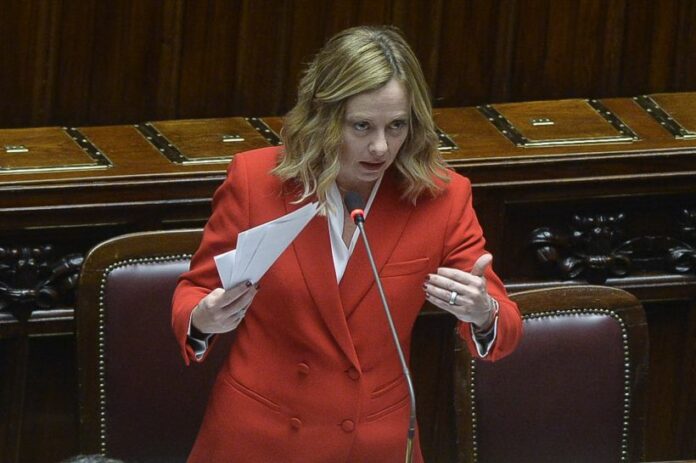As discussions unfold around Italy’s annual budget bill, a contentious issue has emerged regarding tax pressure. The central question is whether the government plans to increase or decrease taxes for citizens and businesses. While opposition parties accuse the government of foreseeing tax hikes, government officials assert that they have no intention of doing so and even claim they can reduce taxes despite the complicated state of public finances.
Italy has a historically high tax burden, which is neither inherently good nor bad; its implications largely depend on how the government utilizes the funds collected. However, the trend in tax pressure reflects the current administration’s economic priorities. During the 2022 election campaign, the ruling parties promised to alleviate the overall tax burden on individuals and businesses, yet evidence suggests otherwise: since 2023, tax pressure has been rising, and while recent official documents indicate stability for the upcoming year, a further increase remains a possibility.
The current debate, which occurs almost annually, has become particularly challenging to verify this time. The budget bill and accompanying reports fail to clarify the issue, creating a discrepancy in official documents that has led to confusion among lawmakers and economists alike. Two key metrics must be considered: total tax revenues—what the state collects overall—and actual tax pressure, which is calculated based only on revenue the government can directly control.
Tax pressure is assessed through various taxes, including indirect taxes (like VAT) and direct taxes (such as income tax), as well as capital taxes and social contributions. Certain residual items are excluded, but overall tax revenues consistently surpass tax pressure, indicating a trend of growth in both areas since the third quarter of 2023. However, the latest ISTAT data only extends to the second quarter of this year, making it difficult to evaluate government actions without further projections from the Programmatic Document of the Budget (DPB).
The DPB anticipates a 0.4 percentage point increase in tax revenues next year, yet tax pressure is expected to remain constant. This raises eyebrows, as such a divergence has not been observed in recent years, where both metrics either increased or decreased together. No specific explanations are provided for this anomaly, as the DPB primarily outlines desired budgetary goals rather than offering clarity on how these goals will be achieved.
Consequently, determining whether the government has truly increased taxes remains complex. While government representatives assert that tax pressure will not rise, they are incorrect in claiming that it will be reduced. The budget bill includes significant measures that affect only specific taxpayer categories, like the reduction of the tax wedge for employees earning under €40,000. Conversely, increases are also on the table, including higher excise duties on alcohol and fuel and increased taxes on cryptocurrency investment profits, contributing to an overall rise in fiscal pressure for certain groups.

